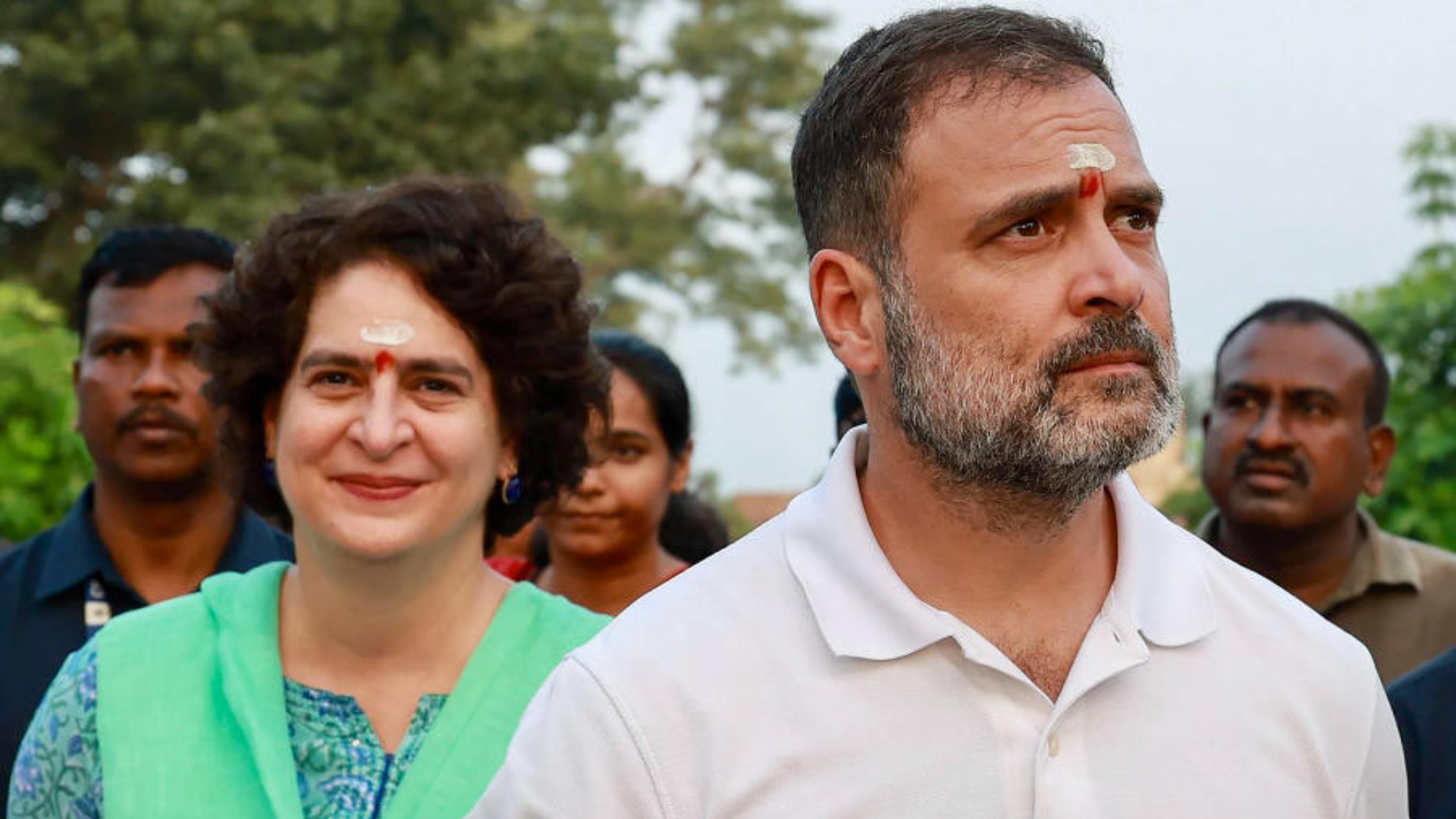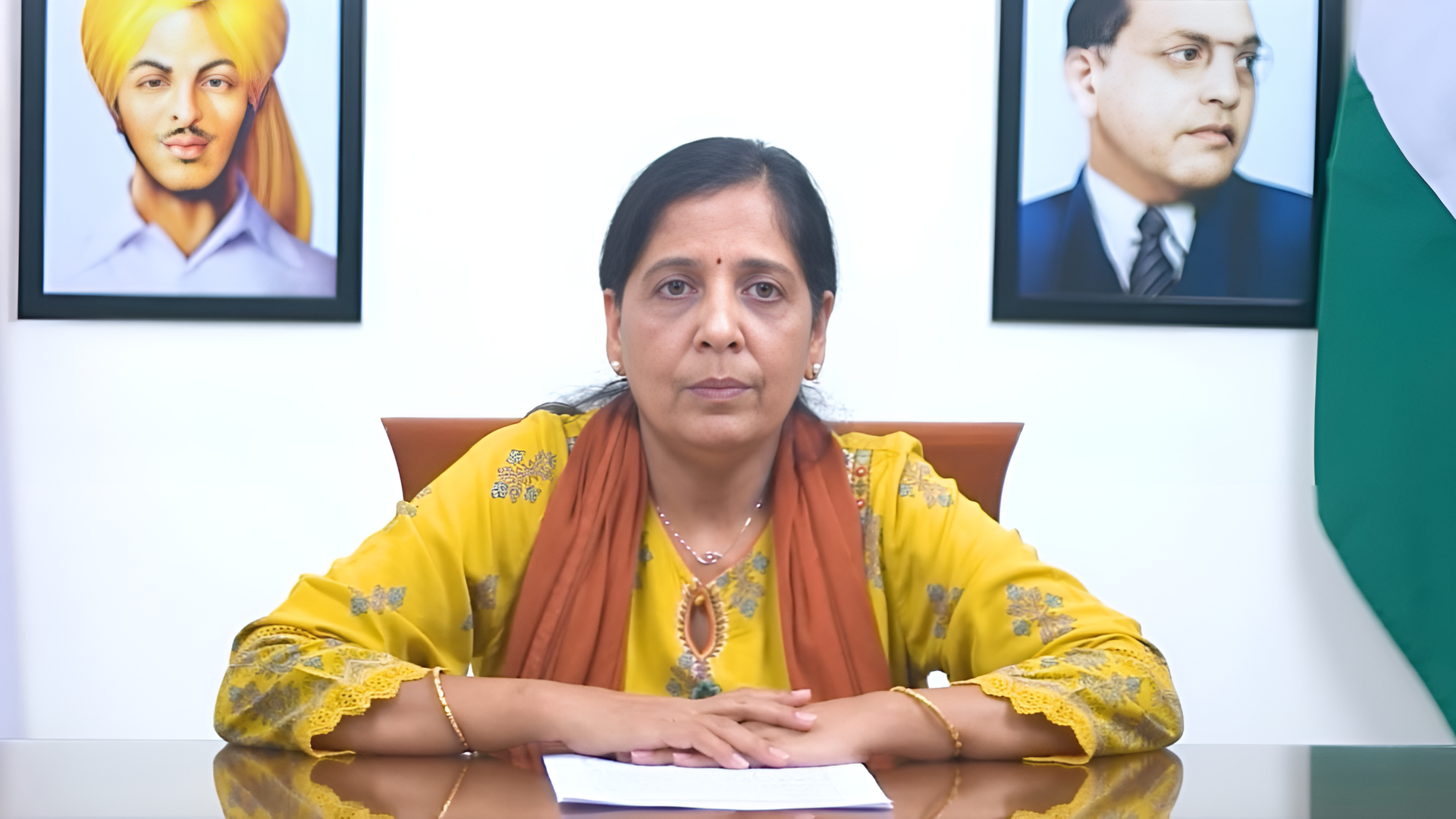



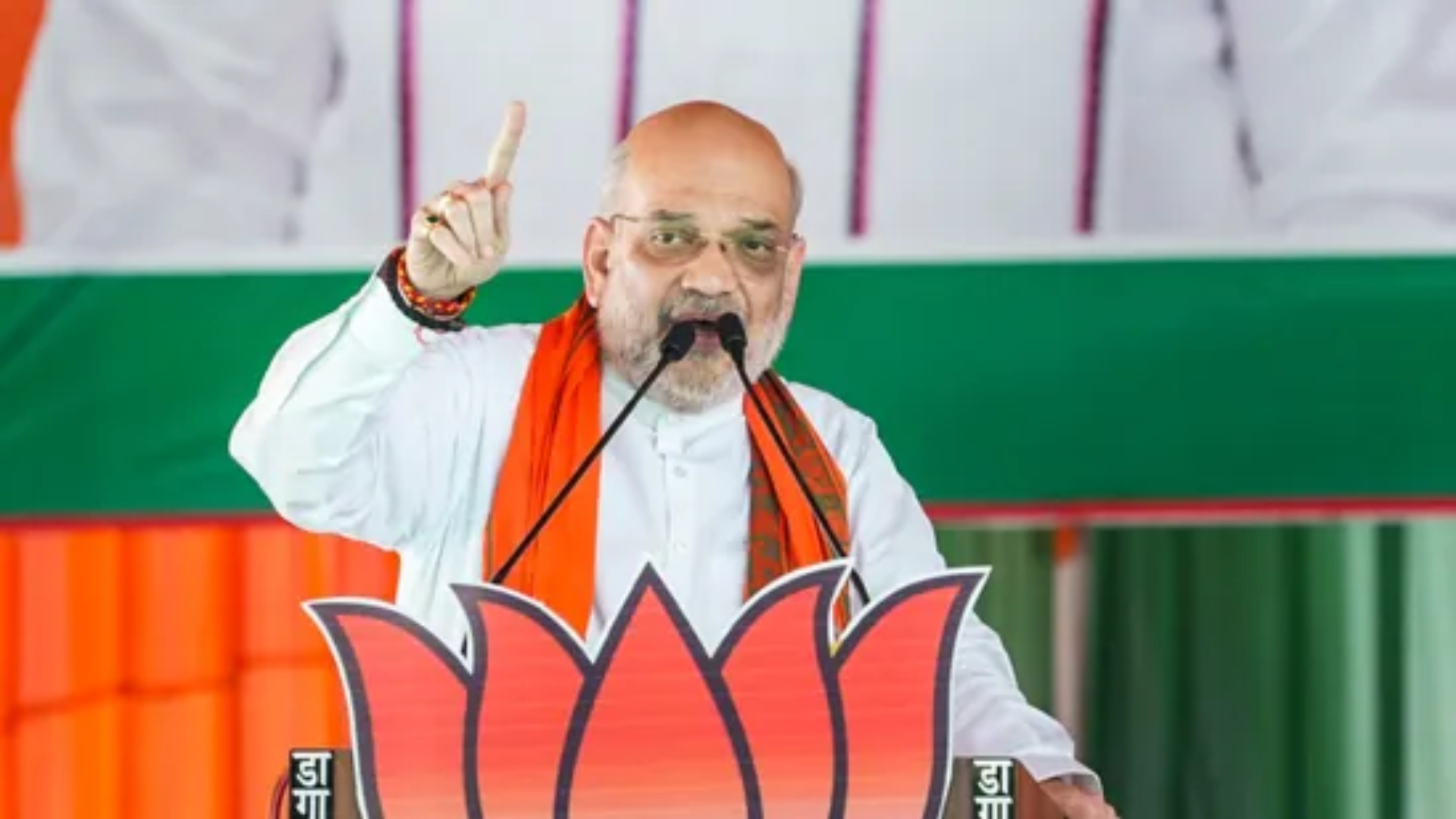

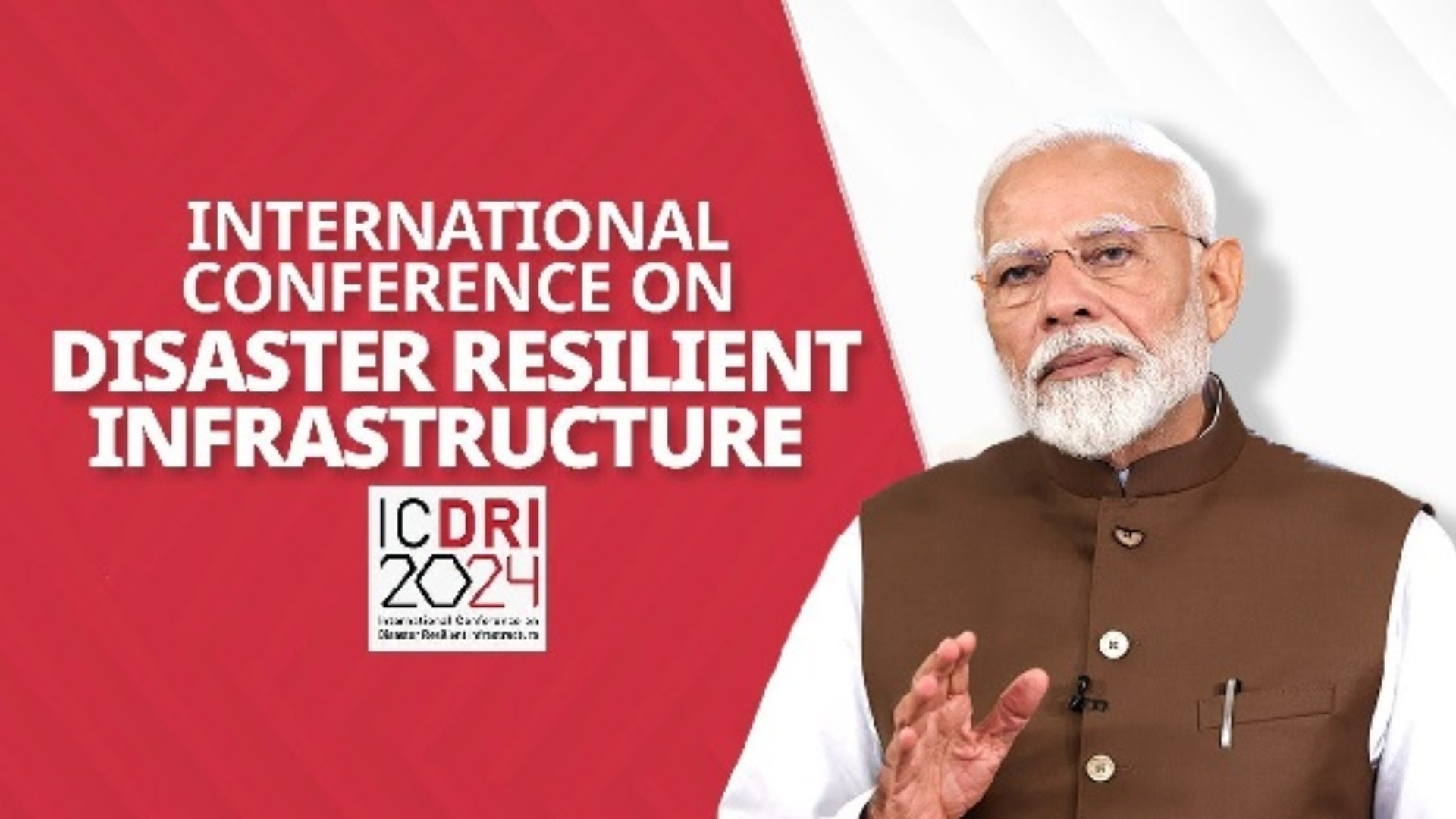



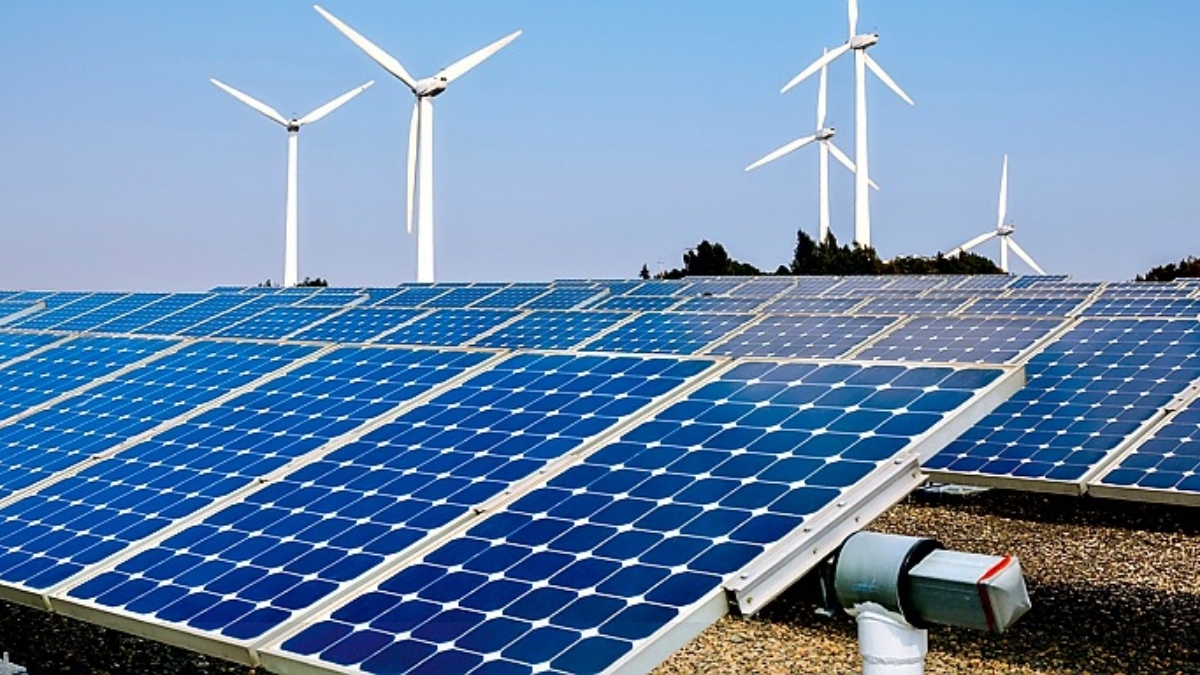
India’s CO2 emissions fell to 30MT from 132 MT in 2020. It’s solar energy capacity was built to 38GWs in 2020. The country is on its target to achieve 20% ethanol blending. Meanwhile, it has made 42 solar parks in recent years, has 92 GW of renewable energy available, has distributed over 37 crore LED bulbs in 6 years and has set up 5 waste to energy projects with a capacity of 74.7 MW.
This becomes important to point out in the backdrop of COP26, where the richer nations rallied for equal efforts towards preventing climate change, while it brushed equity and historical emissions under the carpet.
For instance, When talking about the per-capita power consumption, India consumes only 968 KW/ Hour. Countries like Canada, US, China, UK, France, Russia and Germany consume 15,438 KW/Hour, 13, 098 KW/Hour, 4,906 KW/Hour, 4906 KW/Hour, 7141 KW/Hour, 6,917 KW/Hour and 6, 848 KW/Hour.
Speaking of the historical emissions, Great Britain reached 30 million tonnes output of coal mining alone by 1830. In United States, Wyoming became the largest coal producing state in 1987 with 70BN ton reserves. Donets Basin in Russia is a major coal mining district and produces 70BN Ton reserves since 2010. China, on the other hand, produces over 3500 million tonnes of coal every year.
In its sustainability vow, India has taken several steps to shift towards clean, resilient and renewable energy systems, reduce greenhouse emissions and improve water use efficiency and quality. However, there is much more that can be done.
Some steps that we can take to reduce emissions in daily life include shift to less-power consuming appliances like LEDs, drive low carbon vehicles such as electric cars, insulate and seal homes, turn off appliances when not in use, eat locally produced and organic food, lower amount of energy used to pump, treat and heat water, installation of drop irrigation in lawns and gardens, support clean energy sources like wind, solar and geothermal projects and switch to lithium batteries.




